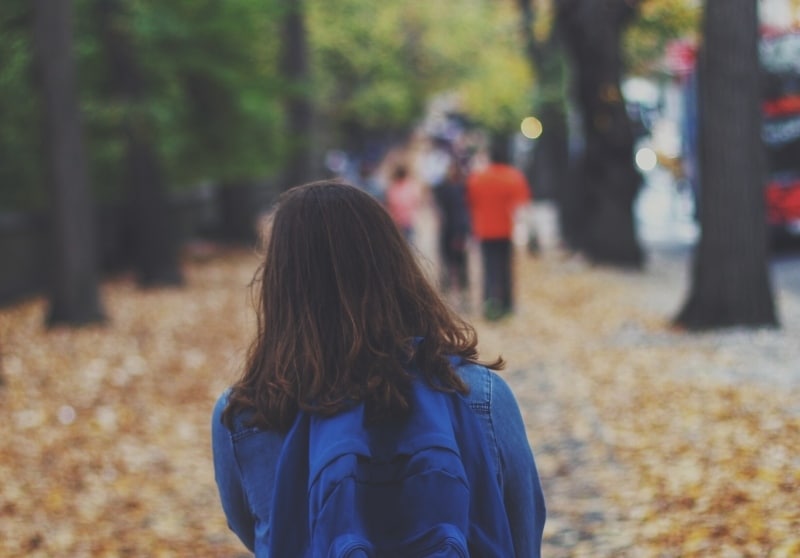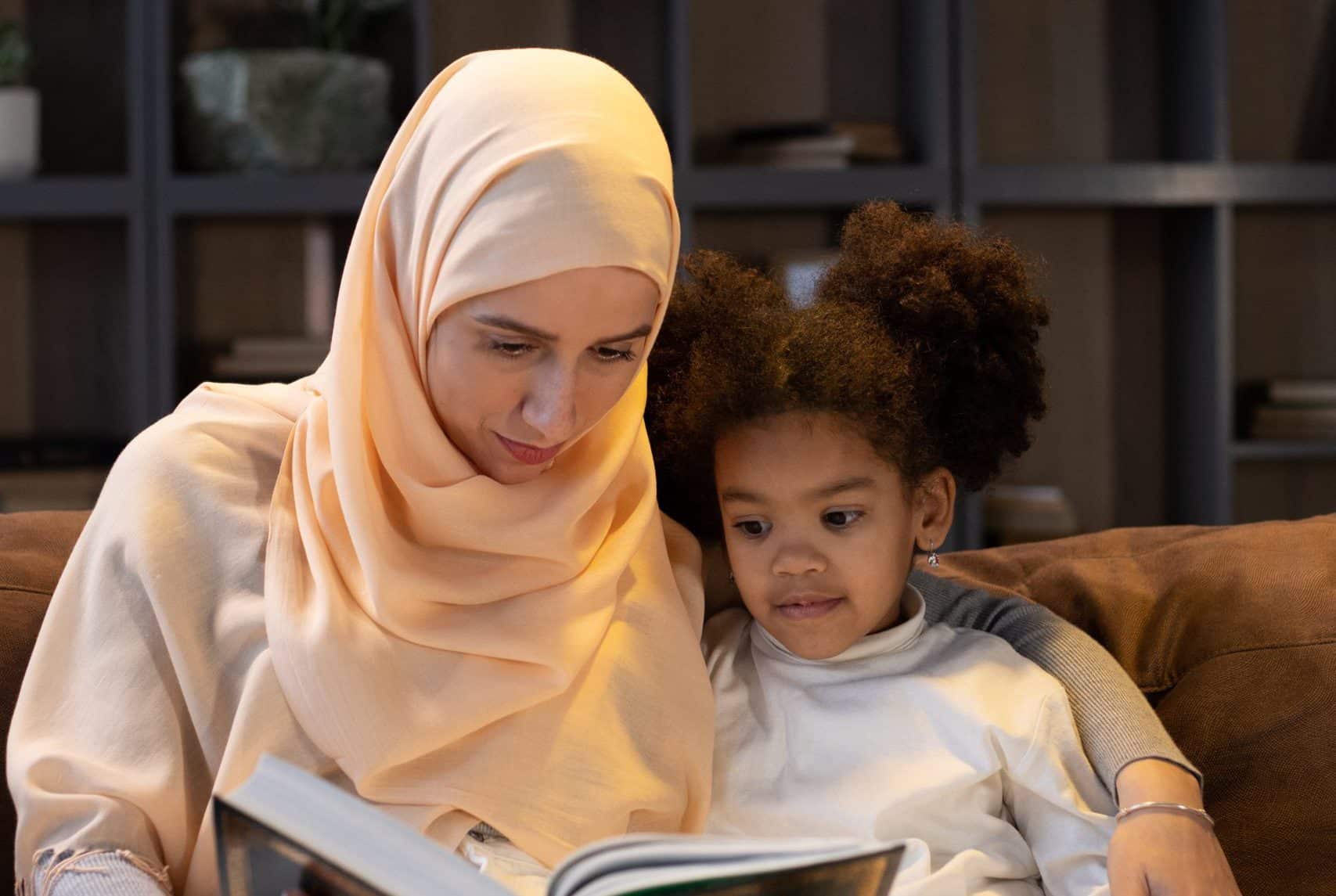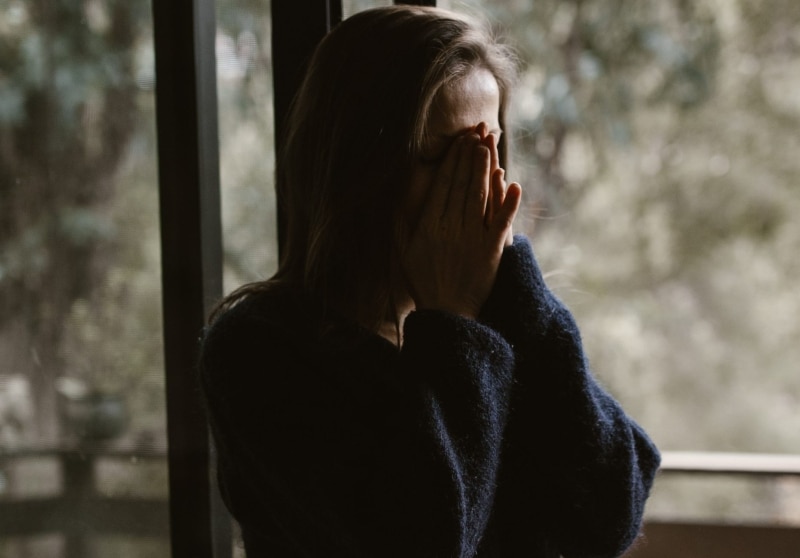Researcher of the Month
Exposure to sexual content and problematic sexual behaviour in children and teens
Intuition and anecdotal evidence suggest that exposure to sexual content, such as online pornography or live sexual content, is a risk factor for the development of problematic sexual behaviours (PSBs) in children and teens. With children’s near ubiquitous access to digital technology, we know that significant numbers now see sexually explicit content online, whether accidentally or on purpose.
A report by the British Board of Film Classification found that 51% of 11-13 year olds had seen pornography, with rates rising considerably for older children. Early exposure to this material is commonly unintentional. A recent report published by Commonsense Media states that 58% of respondents initially accessed pornography by accident, either by stumbling across it or being shown explicit content by someone else. A study from 2016 showed that 64% of young people aged 13-24 actively seek out pornography once a week or more. There is also an established association between viewing ‘family sexuality’ in the home and later problematic sexual behaviours among children. This exposure could include the availability of pornography at home or children witnessing their parents having sex.
Whilst links are commonly made among clinicians, consistent and robust evidence to confirm the association between sexually explicit content and problematic sexual behaviours is lacking. Our Researcher of the Month, PhD student Camille Mori has recently published a systematic review of all available literature to examine the association between the two. Through this research, she sought to better understand what factors contribute to problematic sexual behaviours in children and young people.
Accurately gauging the prevalence of problematic sexual behaviours is challenging. Sexual behaviours in children, whether or not they are developmentally appropriate, frequently go undiscussed, and stigma and shame can surround any sexual behaviours in children, even those that are developmentally normative. However, data from child advocacy centres in the US (centres which support children who have experienced abuse) report that about 25% of child abuse cases involve a child’s behaviour to another child. Prevalence of problematic sexual behaviours seems to peak between the ages of 12 and 14, but it occurs in children of all ages, from preschool to young adulthood.
Intuition and anecdotal evidence suggest that exposure to sexual content, such as online pornography or live sexual content, is a risk factor for the development of problematic sexual behaviours (PSBs) in children and teens. With children’s near ubiquitous access to digital technology, we know that significant numbers now see sexually explicit content online, whether accidentally or on purpose.
A report by the British Board of Film Classification found that 51% of 11-13 year olds had seen pornography, with rates rising considerably for older children. Early exposure to this material is commonly unintentional. A recent report published by Commonsense Media states that 58% of respondents initially accessed pornography by accident, either by stumbling across it or being shown explicit content by someone else. A study from 2016 showed that 64% of young people aged 13-24 actively seek out pornography once a week or more. There is also an established association between viewing ‘family sexuality’ in the home and later problematic sexual behaviours among children. This exposure could include the availability of pornography at home or children witnessing their parents having sex.
Whilst links are commonly made among clinicians, consistent and robust evidence to confirm the association between sexually explicit content and problematic sexual behaviours is lacking. Our Researcher of the Month, PhD student Camille Mori has recently published a systematic review of all available literature to examine the association between the two. Through this research, she sought to better understand what factors contribute to problematic sexual behaviours in children and young people.
Accurately gauging the prevalence of problematic sexual behaviours is challenging. Sexual behaviours in children, whether or not they are developmentally appropriate, frequently go undiscussed, and stigma and shame can surround any sexual behaviours in children, even those that are developmentally normative. However, data from child advocacy centres in the US (centres which support children who have experienced abuse) report that about 25% of child abuse cases involve a child’s behaviour to another child. Prevalence of problematic sexual behaviours seems to peak between the ages of 12 and 14, but it occurs in children of all ages, from preschool to young adulthood.
Summary
It’s important to remember that children can display a range of sexualised behaviours which should be considered a normal part of development, rather than a cause for concern. Even the very youngest children are often curious about their own and others’ bodies, including private parts. They might look at or briefly touch other people, show their body parts to others or touch their own. The National Center on the Sexual Behavior of Youth likens normative self-touch in this age bracket to a child sucking their thumb or cuddling a blanket; a soothing sensory experience, not something that involves sexual fantasy. School-aged children (6-12) often begin to develop a greater sense of privacy about their own bodies and a curiosity about bodies and sexual relationships generally. It’s not uncommon for children of this age to use sexual language or engage in consensual kissing, hugging or holding hands with peers. For adolescents aged 13-17, it’s perfectly normal to exhibit some sexually exploratory behaviours, such as masturbation and consensual sexual relationships with developmentally similar peers.
In contrast, problematic sexual behaviours are developmentally inappropriate and potentially harmful to the child or others. They might include aggressive or coercive behaviour, behaviours which cause distress to others or to the person themselves, sexual behaviours that are initiated with strong negative emotions, such as anxiety or anger, and behaviours occurring between children of markedly different ages or stages of development. Behaviours are more likely to be problematic if they are persistent, planned (as opposed to spontaneous), forceful and if they don’t respond to adult or caregiver intervention strategies.
Camille’s results indicate that children and adolescents exposed to sexually explicit content are more likely to display problematic sexual behaviours relative to children and adolescents not exposed to sexual content. In fact, she found that children and adolescents viewing or witnessing non-violent sexually explicit content were over one and a half times as likely to engage in problematic sexual behaviours than those not exposed.
Her analysis also showed that, whilst the type of content that children see does appear to matter, before firm conclusions can be drawn, much more research is needed in this area. In recent years, there has been increased exploration of the distinction between exposure to violent sexually explicit material compared to non-violent. Violent material includes content which depicts sexual acts involving force, coercion, aggression, or any indication of sexual acts occurring against someone’s will. Camille found that whilst exposure to violent content does have greater links to problematic sexual behaviour, the difference is not statistically significant. It’s also important to note that many children who are exposed to sexual content do not go on to exhibit problematic sexual behaviours.
Camille comments that further exploration of the mechanisms by which exposure and subsequent behaviours are linked would aid our understanding of child and adolescent problematic sexual behaviours and would help us to refine how we talk to children about online safety, media literacy and online sexual content.
Implications
“While ongoing research is needed, results support the incorporation of behavioural and sexual content management strategies (e.g., preventative monitoring; emotion regulation skills) as an important element of prevention and intervention of problematic sexual behaviours.”
Implications for parents:
Strive to support healthy boundaries and bolster children’s decision-making skills. Educating children about appropriate behaviour from a young age can help to protect them from developing problematic sexual behaviours. These behaviours can emerge as a way to cope with difficult feelings. It’s vital to maintain open conversations about emotions and help children to come up with effective coping mechanisms for anxiety and stress. If you are a Tooled Up parent, our Coping Menu might help.
Normalise curiosity and provide children with accurate information about their bodies. Try to use the correct terminology for body parts, rather than euphemisms, even if this feels uncomfortable. Open conversations about sex and relationships can help to ensure that exploratory behaviours are developmentally appropriate and healthy. Tooled Up parents seeking advice on opening up conversations with younger children can check out our tips, which include links to other relevant Tooled Up resources.
Implications for schools:
It’s important for all school staff to be aware of what might constitute problematic sexual behaviours. When all adults in a child’s support network are able to identify concerning behaviours, this better enables children and families to access appropriate and effective support. With the right referrals and treatment, problematic behaviours can be addressed effectively. Working together with other adults, family members and the child themselves, to provide holistic support is an optimal approach.
Knowing how to respond in the right way is crucial to positive outcomes. Respond calmly and strive to be non-judgmental. Children might feel ashamed, embarrassed, guilty or isolated when these behaviours are brought to their attention. They should not be further shamed or stigmatised. Many problematic behaviours arise from curiosity or impulsivity, and children often don’t have a full understanding of the implications of their actions. Reassure them that you are there to support them and keep both them and others safe. Always reach out for appropriate professional support.
Camille has numerous suggestions for parents and educators on how to help protect children from developing problematic sexual behaviours. To find out more about the implications of her research, read our full Researcher of the Month article. Tooled Up subscribers can also tune in to our recent podcast interview with Camille and read the accompanying notes.
Resources Created from and Related to this Research

Camille Mori, PhD candidate in the Determinants of Child Development Lab, University of Calgary.
Camille Mori completed a Bachelor of Psychology and a Bachelor of Dance in 2018, and a masters in clinical psychology in 2020. She is currently a PhD candidate conducting research in the Determinants of Child Development Lab housed within the clinical psychology program at the University of Calgary. The focus of Camille’s dissertation has been on Problematic Sexual Behaviours (PSBs) in children. Specifically, she has studied the association between exposure to sexual content and PSB, as well as characteristics and outcomes of a treatment group for children with PSB and their families.









